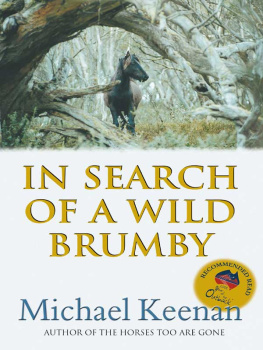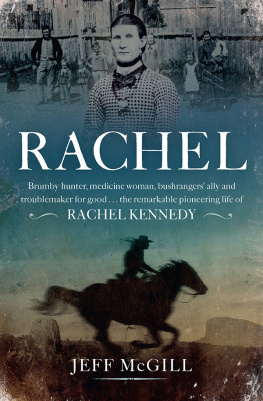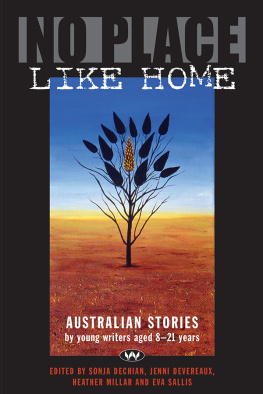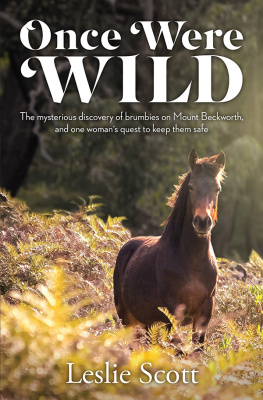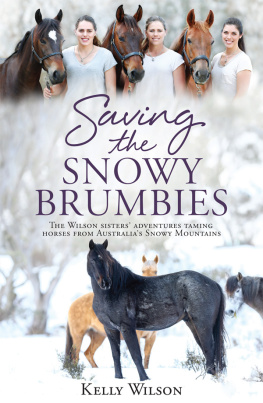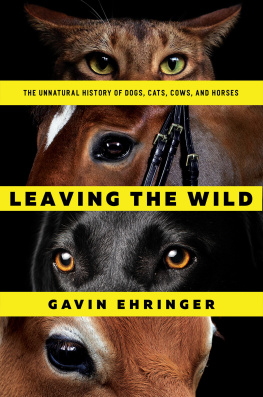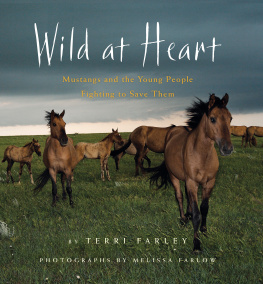First published 2013
Exisle Publishing Pty Ltd
Moonrising, Narone Creek Road, Wollombi, NSW 2325, Australia
P.O. Box 60490, Titirangi, Auckland 0642, New Zealand
www.exislepublishing.com
Copyright 2013 in text: Kathryn Massey & Mae Lee Sun
Copyright 2013 in photographs: individual photographers as listed in the photographic credits on pp. 18283
Kathryn Massey and Mae Lee Sun assert the moral right to be identified as the authors of this work.
All rights reserved. Except for short extracts for the purpose of review, no part of this book may be reproduced, stored in a retrieval system or transmitted in any form or by any means, whether electronic, mechanical, photocopying, recording or otherwise, without prior written permission from the publisher.
National Library of Australia Cataloguing-in-Publication Data:
Massey, Kathryn, author.
Brumby: a celebration of Australias wild horses/
Kathryn Massey, Mae Lee Sun.
ISBN 9781921966224 (hbk)
Wild horsesAustralia.
HorsesAustralia.
Sun, Mae Lee, author.
599.66550994
Designed by Christabella Designs
Typeset in Sabon 11/16.5
Printed in Shenzhen, China, by Ink Asia
This book uses paper sourced under ISO 14001 guidelines from well-managed forests and other controlled sources.
10 9 8 7 6 5 4 3 2 1

Image A
To my mum, who is always happy to sell a few raffle tickets or walk into a paddock full of wild ponies when I need a break. This wouldnt be possible without all of your help and support.
KM
For my late parents and my brother Charlie who taught me to live my values, and who recognised and encouraged my connection with animals from the time I was born. And for all sentient beings, may you be free from suffering.
MLS
Brumbies do not belong to us,
They belong to the land.
They are teachers of natural ways.
They tell us what the seasons will be like,
When the dry times are coming.
They find water in the dry riverbeds with their hooves,
Water that brings life to the cattle, native animals and birds.
They are now part of our Country, they reflect its health.
They deserve the same care and respect due all in Creation.
Allow them the vast open spaces,
Allow them the land to run free,
Honour them for what they are.
Pat Fischer, Gooniyandi Traditional Owner

Image B

Image C: A stallion scans the horizon as dusk descends.
INTRODUCTION
If youre quiet enough in the Australian bush you might just hear the cracking of a branch under hoof or see a ghost-like silhouette among the gum trees. Elusive, mysterious, the stuff of legendthis is Australias wild horse, the Brumby.
Brumbies have captured the hearts and minds of a nation for over 150 years. From the ever-vigilant stallion with steam billowing from his flaring nostrils as he rises upon a mountain ridge at dawn, to sightings of mares and foals galloping across the desert plains, Brumbies are a cornerstone of the Australian identity. Immortalised in films, books and poemsfrom the iconic The Man from Snowy River to the ever-popular Silver Brumby seriesthey epitomise both a spirit of freedom and the Australian landscape.
The legacy of a nation
Although often written about in fiction, surprisingly little has been published about the Brumbys origins and contribution to Australias development. The true Brumby story begins back in 1788 with the arrival of the First Fleet. Seven horses survived the harrowing journey at sea, the first of many that would go on to help carry the burden of exploring and establishing a new colony down under.
Equines were a valued asset for their service in ploughing fields, building roads and railways, and carrying mounted police officersand bushrangers! While some waited patiently to take children home from school, others accompanied men to war, with over 70,000 horses losing their lives in World War I alone. However, over time, the invention of the combustion engine led to a reliance on motorised transport and tools, and horses were no longer needed as they had once been. Many were set free or escaped into the bush, left to fend for themselves. The first recorded escape of a horse was in 1804. This was a time when only the toughest survived, and so from the initial stocks including Clydesdales, Thoroughbreds, Timor Ponies and Arabians, natural selection saw the evolution of horses with the traits required to thrive in the environment in which they found themselves.
In the not too distant past, Brumbies were captured from the bush as they were needed. Many among the older generations, particularly in rural Australia, would remember a time when if you couldnt afford to buy a horse, you simply went out and caught one. Used for a variety of purposes, these Brumbies were highly regarded as tough, go-all-day horses.
Today, Brumbies are officially recognised as an authentic wild breed by the Australian Brumby Horse Register and heritage horse associations, and have even earned their own Brumby classes at regional horse shows. The standard qualification, however, is that a true Brumby is wild born for at least five generations or bred from wild parents.
Brumbies are highly intelligent with heightened senses and generally are easily trained to all riding disciplines. They are known for being incredibly faithful to their owners. Compared to commercially bred horses, Brumbies have very little or next to no inbreeding, as stallions in the wild choose their mares carefully to ensure the health of the herd and long-term survival. Genetic diversity in wild horses is a subject of current scientific research and the findings may one day be called upon to improve the strength and resilience of domestic equine breeds.
Not one but many
From snow-capped peaks and wild bushland to the arid Centre and Northern and West Australian outback, Brumbies have evolved to be as diverse and magnificent as the continent they roam. With estimates of their numbers ranging from 400,000 to 1 million, Australia is home to the largest population of wild horses in the world.
Wild Brumby herds can be found in every state and territory in Australia except Tasmania, with some regional groups having distinct characteristics that display their original breed origins.

Image D: A thick winter coat and mothers warm milk ensure foals survive the cold winter.

Image E: A Coffin Bay Brumby stallion.
South Australia
The Brumbies located at Coffin Bay on the lower Lake Eyre Peninsula in South Australia may be Australias oldest known Brumbies and can accurately trace their ancestry back to the Timor Pony. In 1839, sixty Timor Ponies were landed ashore by a Captain Hawson, who purchased them from the Rajah of Sumatra to be used as breeding stock. By 1857 other breeds such as Welsh Cobs, light Clydesdales and a grey Arabian stallion had been introduced for a short period to produce greater height, resulting in a much sought-after larger-sized pony that was used for everything from polo to army remounts. After a decline in their use during the early 1900s, the Depression of the 1930s saw the resurgence of the Coffin Bay Brumbies due to the prohibitive cost of petrol for machinery. In 1972 the pastoral land on which the Brumbies had roamed for almost 130 years was ceded to the South Australian government to become a national park and concerned locals and volunteers have banded together since the 1980s to ensure the survival of this special little pony. Today, Coffin Bay Brumbies can often be found at local pony clubs and shows, performing wonderfully as very popular, safe and reliable childrens ponies.


